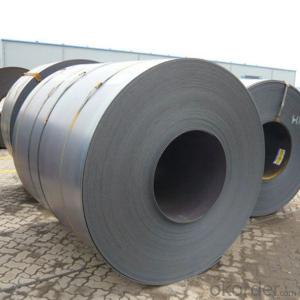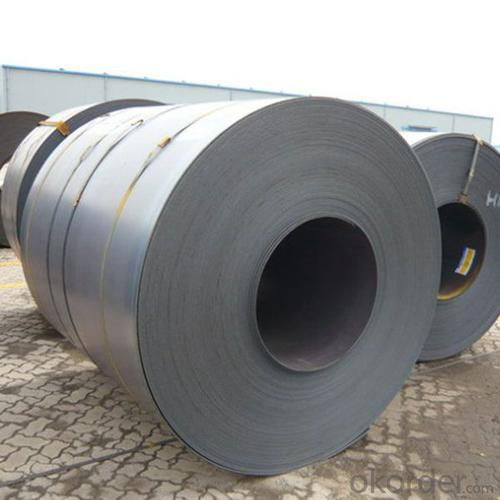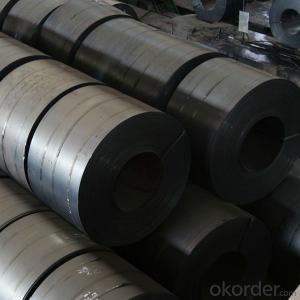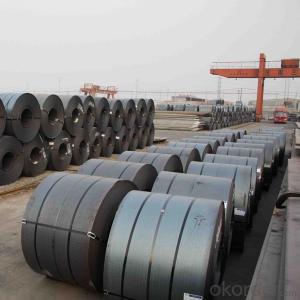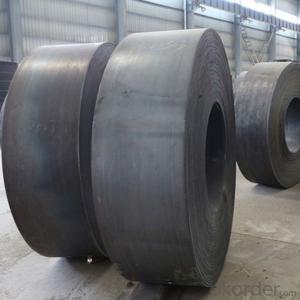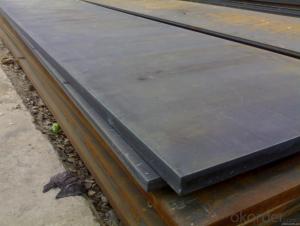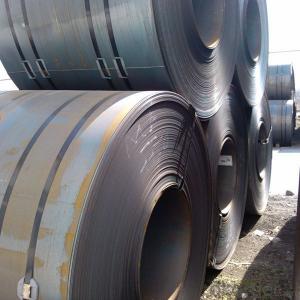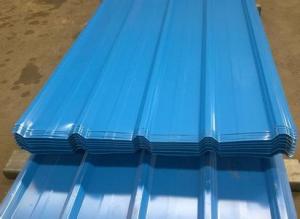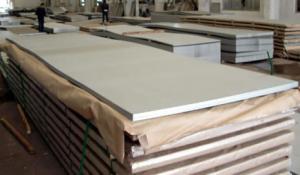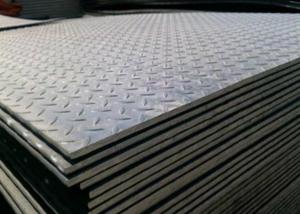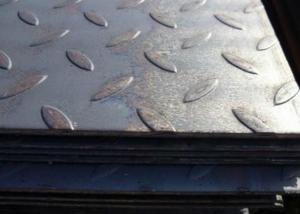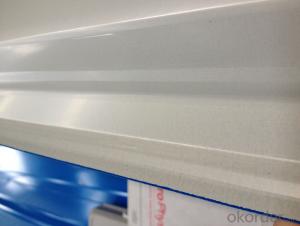Hot Rolled Steel Sheets SS400 Good Quanlity
- Loading Port:
- Tianjin
- Payment Terms:
- TT OR LC
- Min Order Qty:
- 50 m.t.
- Supply Capability:
- 100000 m.t./month
OKorder Service Pledge
OKorder Financial Service
You Might Also Like
Specification
DESCRIPTION:
GRADE: SS400, ASTM A36, A572, ST37,ST52, Q195, Q215, Q235,Q345, S235JR etc.
STANDARD: GB/T709-2006, ASTM A36, JIS G3101, DIN EN 10025, SAE 1045, ASTM A570
SPEC: 1)Width: 600-2500mm or 1000,1050,1250,1500,1800,2000mm
2)Thickness:1.5mm-200mm or as customers’ special requirements;
3)Length: 2-12m or as customers’ special requirements
PACKING:
1.Big thickness:by bulk vessel
2.Small thickness:packed by steel strips and shipped by container
3.According to the requirements of customers'
TRADE TERMS :FOB, CFR, CIF
DETAILED PICTURES FOR STEEL COILS
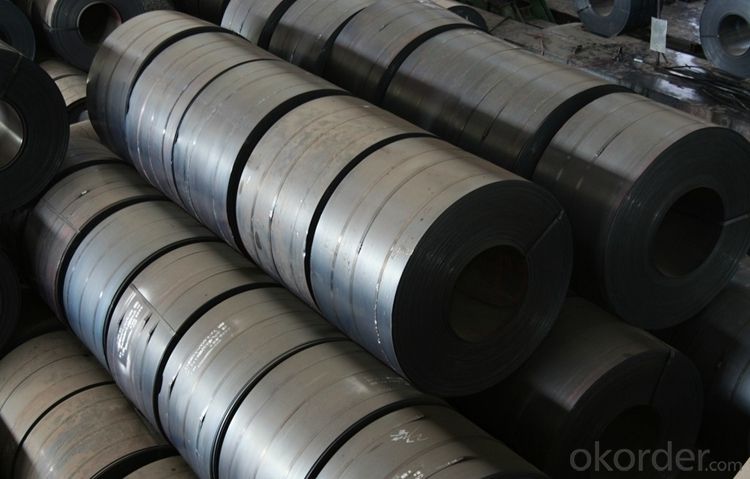
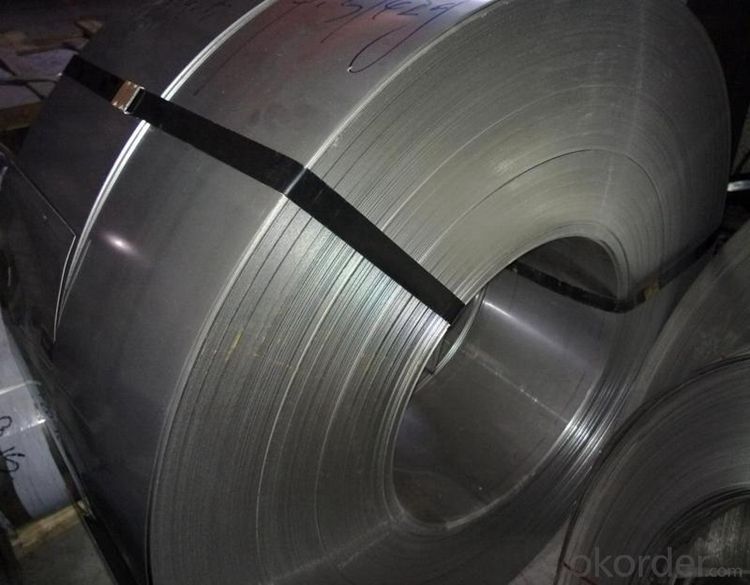
EXPORT MARKET FOR STEEL COILS/SHEETS
Our target market is the international market. Every year we export most of products to countries like India, Pakistan, South Korea, Brazil, Australia, South Africa, Spain, Sri Lanka, Taiwan, Hong Kong, etc.
OUR SERVICE
1.High quanlity and reasonable price.
2.Customized on-demand.
3.Reasonable shipping and fast delivery.
4.Free sample.
FAQ
Q:How to order?
A: Please send us your purchase order by email or fax .or you can ask us to send you a proforma invoice for your order .We need to know the following information for your order.
1) Shipping information-company name, street address, phone number, fax number, destination sea port
2) Product information – Quantity, Specification (steel type, thickness, width, surface finish)
3) Delivery time required
4) Forwarder's contact details if there's any in China
FAQ
Q:What are the advantages of your company ?
A: We have many professionals, technical personnel, more competitive prices and best after-dales service than other steel companies.
Q:Can you arrange the shipment ?
A: Sure we can help you with the shipment. We have forwarders who have cooperated with us for many years.
- Q: What is the typical yield strength of steel sheets?
- The typical yield strength of steel sheets can vary depending on the grade and type of steel being used. However, for mild steel sheets commonly used in construction and manufacturing, the typical yield strength is around 250 megapascals (MPa) or 36,000 pounds per square inch (psi). Higher strength steels, such as high-strength low-alloy (HSLA) steels or advanced high-strength steels (AHSS), can have yield strengths ranging from 300 to 600 MPa (43,500 to 87,000 psi) or even higher. It is important to note that these values are general estimates and specific steel grades may have slightly different yield strengths.
- Q: What is the average cost of steel sheets per square foot?
- The cost of steel sheets per square foot can differ significantly due to various factors, including the type of steel, thickness, size, and market conditions. Nevertheless, as of 2021, the price range for steel sheets averages from $5 to $20 per square foot. It is crucial to acknowledge that this estimate is broad, and prices may vary depending on the location, supplier, and other market aspects. Consequently, it is advisable to collect quotes from multiple suppliers in order to obtain an accurate and current cost for steel sheets per square foot.
- Q: What are the properties of steel sheets?
- Steel sheets have several advantageous properties, including high strength and durability, excellent corrosion resistance, good thermal conductivity, and the ability to be easily formed and welded.
- Q: What is the hardness of the wear-resistant steel plate?
- But not the higher the hardness, the better the wear resistance! The hardness is based wear resistant steel plate excellent wear resistance, but the relationship between the hardness and wear resistance is not proportional to the wear resistance; wear resistant steel plate, mainly because they have hard particles, and soft matrix, generally in the wear process, there will be some shedding substances, these substances will be integrated into the soft matrix that will not cause great harm to the surface; if the matrix hardness is relatively high, shedding of abrasive or other substances, the mutual movement will be mutual lapping, faster damage matrix!
- Q: Can steel sheets be used for kitchen backsplashes?
- Yes, steel sheets can be used for kitchen backsplashes. Steel is a versatile and durable material that can withstand the demands of a kitchen environment. Steel sheets are resistant to heat, moisture, and stains, making them an ideal choice for a kitchen backsplash. Additionally, steel backsplashes are easy to clean and maintain, as they can be wiped down with a damp cloth or mild cleaning solution. Steel sheets also offer a sleek and modern aesthetic, adding a touch of sophistication to any kitchen design. However, it is important to note that steel can be prone to scratching, so it is advisable to use a stainless steel variant, which is more resistant to scratches. Overall, steel sheets are a practical and stylish option for kitchen backsplashes.
- Q: Why should the back of the steel sheet pile cofferdam be pumped after the construction of the pile cap?
- According to the construction schedule or on-site organization of steel sheet pile of entry, to ensure the construction of steel sheet pile to meet the schedule requirements, stacking position of steel sheet pile according to the construction requirements and site conditions along the support line dispersed stacked, stacked together to avoid concentration caused by the two handling.
- Q: What is the coefficient of friction of steel sheets?
- The coefficient of friction of steel sheets can vary depending on the specific surface conditions and other factors. However, on average, the coefficient of friction of steel sheets is typically around 0.6 to 0.8.
- Q: Can steel sheets be etched or engraved?
- Yes, steel sheets can be etched or engraved using various techniques such as chemical etching, laser engraving, or mechanical engraving.
- Q: What is the impact resistance of steel sheets?
- The impact resistance of steel sheets is generally high due to the inherent strength and toughness of steel. It can withstand and absorb significant amounts of force or impact without deforming or breaking, making it suitable for various applications that require durability and protection against impacts.
- Q: What is the difference between a hot rolled and cold rolled stainless steel sheet?
- The manufacturing process and resulting properties distinguish hot rolled stainless steel sheets from cold rolled ones. Hot rolled sheets are created by heating stainless steel to a high temperature and rolling it through a series of rollers to achieve the desired thickness. This method is typically used for larger sheets and results in a rougher surface finish. Additionally, hot rolled sheets are known for their inherent strength and malleability, making them suitable for various applications that require structural integrity. In contrast, cold rolled stainless steel sheets are produced by cooling the stainless steel to a lower temperature and passing it through rollers at room temperature. This process yields a smoother and more refined surface finish compared to hot rolled sheets. Cold rolled sheets are commonly preferred for precision-demanding applications such as automotive components, appliances, and electronic devices. Regarding mechanical properties, hot rolled stainless steel sheets generally possess a higher yield strength and lower ductility when compared to cold rolled sheets. This can be attributed to the grain structure formed during the hot rolling process, resulting in a more coarse and less uniform microstructure. Conversely, cold rolled sheets have a finer grain structure and higher ductility, making them more suitable for forming and bending operations. To summarize, the primary differences between hot rolled and cold rolled stainless steel sheets lie in the manufacturing process and the resulting properties. Hot rolled sheets exhibit a rougher surface finish, higher strength, and lower ductility, whereas cold rolled sheets possess a smoother surface finish, higher ductility, and are often preferred for precision-demanding and forming applications.
Send your message to us
Hot Rolled Steel Sheets SS400 Good Quanlity
- Loading Port:
- Tianjin
- Payment Terms:
- TT OR LC
- Min Order Qty:
- 50 m.t.
- Supply Capability:
- 100000 m.t./month
OKorder Service Pledge
OKorder Financial Service
Similar products
Hot products
Hot Searches
Related keywords
